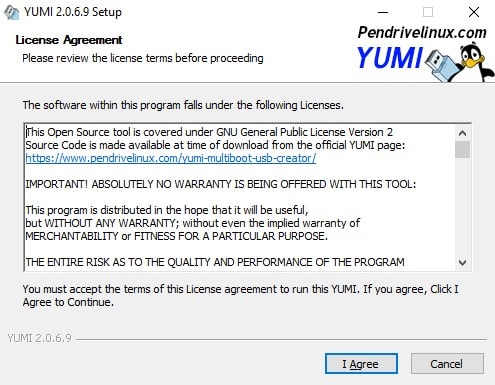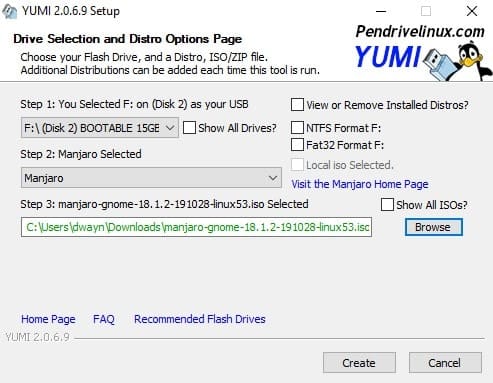Creating a bootable USB drive is fairly easy. Most of the programs available now allow users to add one ISO file. With YUMI or Your Universal Multiboot Installer, you can create multiple bootable ISOs on a USB flash drive. Therefore, this will allow you to load several Linux distros on a single drive for testing. Let’s check out how to create a multiboot USB for Windows using the YUMI multiboot USB creator tool.
Moreover, you can also load anti-virus utilities, recovery software, diagnostic tools, and other bootable software. Hence, you can use this to recover your system or clone a disk. Fortunately, YUMI is an easy tool to use and gets the job done quickly. Moreover, if you’re looking for a Linux distro, check out the top 5 Linux distros you must use. You can use YUMI to extract all 5 distros ISOs and test them without installing them on your PC. So if that sounds interesting, follow the guide below to create multiple bootable ISO files with YUMI.
Steps to use YUMI to create a multiboot USB
Download YUMI Multiboot USB creator. There are two versions of YUMI to download — the legacy YUMI tool and YUMI UEFI. It’s worth noting that the UEFI version uses GRUB2 for both UEFI and BIOS booting and supports Fat32 format to boot. However, the BIOS mode can work even with a USB drive that is NTFS formatted. So download the version based on your BIOS settings. Of course, it would be a bonus if you knew how to change the BIOS settings.
Note: Back up the files on your USB drive before beginning the process. YUMI will erase and format the flash drive.
Finally, follow the steps below to create a multiboot USB for Windows using YUMI.
- Plug into your USB drive to your PC (preferably with more than 16GB storage).
- Launch the YUMI.exe program on your Windows PC.

- Click I Agree to enter the application.
- The first step is to select the USB drive. Simply click the drop-down menu and select your USB drive. Make sure to select the correct flash drive to prevent data loss.

- In step 2, select the tool or OS you want to add to the USB drive. We have used the Manjaro Linux distribution here.
- In the third step, click Browse, navigate to the directory of the ISO file, and then select the file.
- Once you’ve selected the correct ISO file, tap on Create.
- Wait for the tool to extract the ISO file and then click add more to add another ISO file.
After the process is finished, click on Done and exit YUMI. That’s it. You can now boot from your USB drive with the Linux distributions or system tools you selected. An important thing to remember is to disable Secure Boot if you used the YUMI UEFI version. Moreover, the UEFI version isn’t backward compatible with the standard YUMI application. Nonetheless, if you follow the steps above, you should not face any issues during the process.
Having created a multiboot USB, you should also install Ubuntu on Windows 10 to enjoy dual boot.